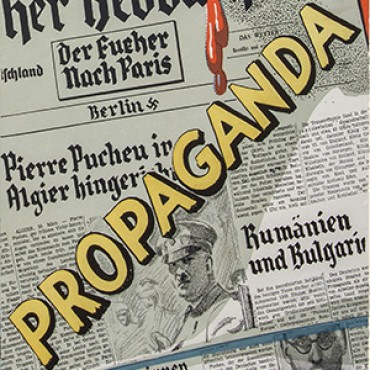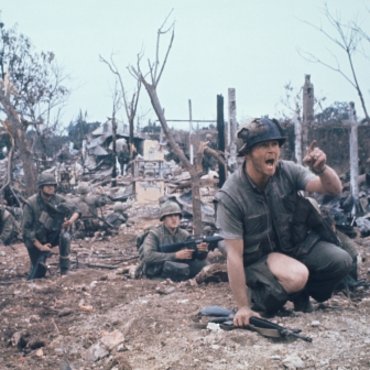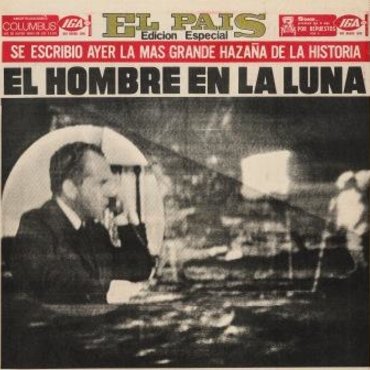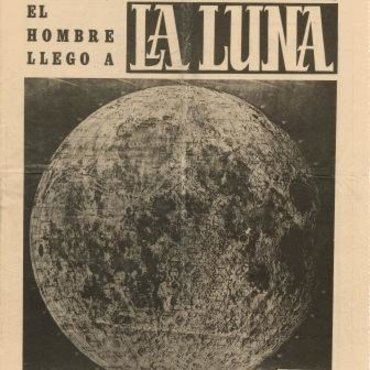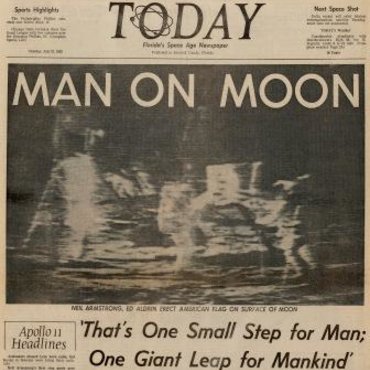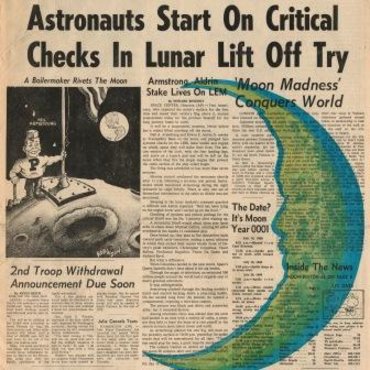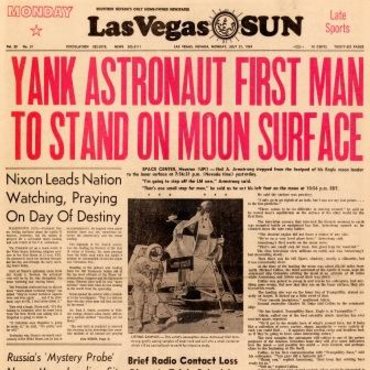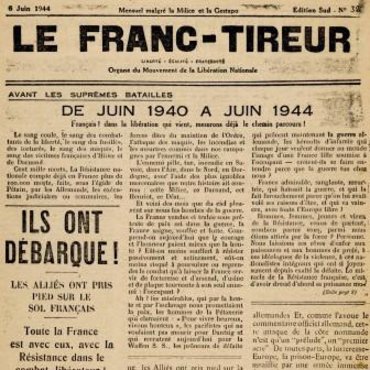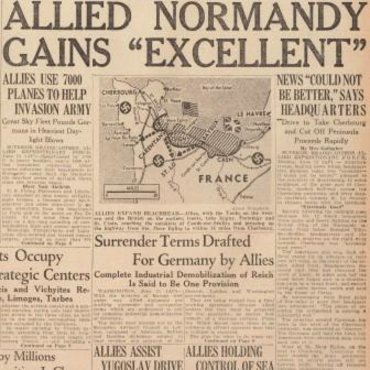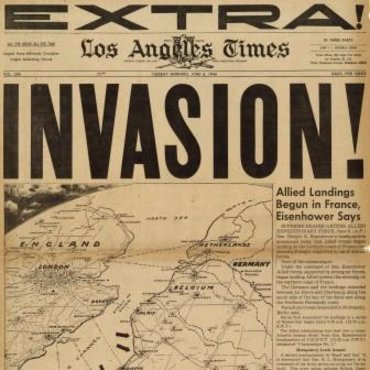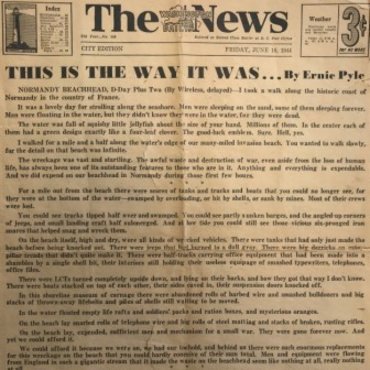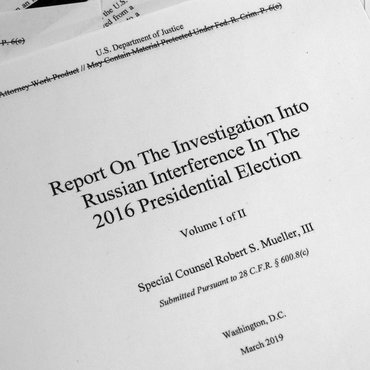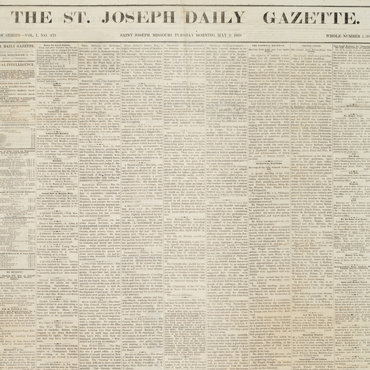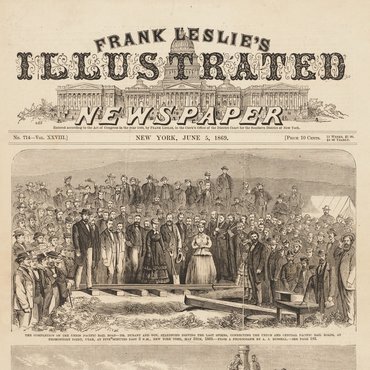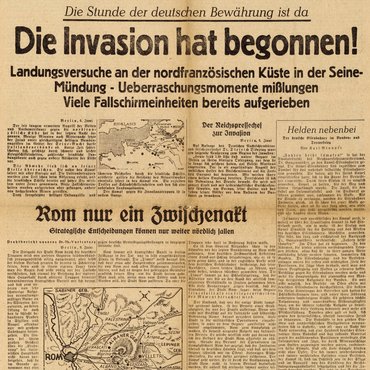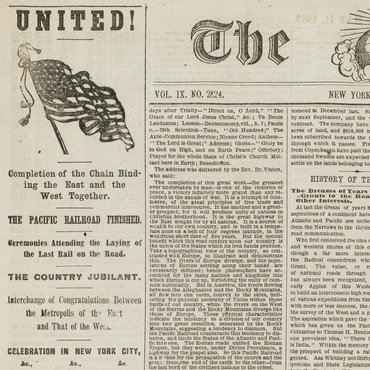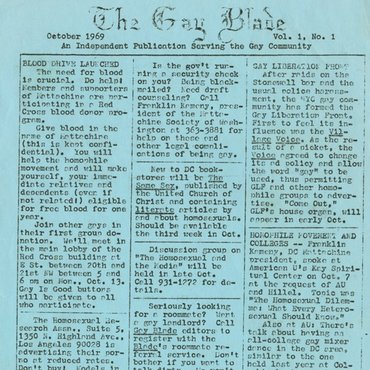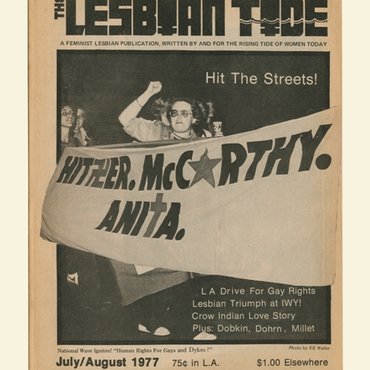
Lesson Plan
Evidence: Do the Facts Hold Up?
Students dig into an article to determine whether they can trust the information by verifying the evidence it presents.
Get even more great free content!
This content contains copyrighted material that requires a free NewseumED account.
Registration is fast, easy, and comes with 100% free access to our vast collection of videos, artifacts, interactive content, and more.
Sign Up
?
NewseumED is provided as a free educational resource and contains copyrighted material. Registration is required for full access. Signing up is simple and free.
With a free NewseumED account, you can:
- Watch timely and informative videos
- Access expertly crafted lesson plans
- Download an array of classroom resources
- and much more!
Duration
30-60 minutes
Topic(s)
- Journalism
Grade(s)
- 6-12
- In advance, select a news story for students to research. (Depending on your angle for this topic, you may want to choose a real news story, a fake/questionable story, or both.) You also may allow them to choose their own news story. Note: In order to complete the worksheet, articles about an event are better than those about an ongoing issue.
- Ask students how they determine whether information they find online is trustworthy.
- Introduce the E.S.C.A.P.E. acronym by writing the six key concepts on the board or projecting the poster. Explain that considering even one of these six concepts can help determine whether information is reliable.
- Explain that they will focus on evidence for this activity. Looking at evidence means digging into the facts in the story – key people, events, numbers, etc. – to see if they hold up.
- Divide students into pairs, or allow them to work individually. Distribute a news story for them to research or give them 5 minutes to find their own. Have each group take 5 minutes to read and summarize the news story.
- Then, give them 10-15 minutes to answer the questions in the left-hand column of the worksheet (what, when, where, why/how and who) for the original article.
- Next, they should take 10-15 minutes to verify the original article’s information. This is a tight timeline, but push groups to work quickly and broadly rather than getting bogged down. Emphasize the importance of finding additional sources that are independent from the original story.
- Have groups/students share their findings. As a class, decide if the original story or stories is/are trustworthy and discuss the questions below.
- Do the Facts Hold Up worksheet (download), one per student
- E.S.C.A.P.E. Junk News poster (download)
- A news story to fact-check
- Internet access
- After reading the story once, could you make a determination about the reliability of this story? Why or why not?
- After attempting to verify the story, were you able to determine its reliability? Why or why not?
- Which of the reporter’s questions do you think is the most important to answer and verify in order to determine the story’s reliability, and why?
- Explain any outstanding questions you still have about the original source. Which of the other E.S.C.A.P.E. concepts would you want to investigate further to determine if it is trustworthy?
-
Common Core State Standards: CCSS.ELA-LITERACY.CCRA.R.1
Read closely to determine what the text says explicitly and to make logical inferences from it; cite specific textual evidence when writing or speaking to support conclusions drawn from the text. -
Common Core State Standards: CCSS.ELA-LITERACY.CCRA.R.8
Delineate and evaluate the argument and specific claims in a text, including the validity of the reasoning as well as the relevance and sufficiency of the evidence. -
Common Core State Standards: CCSS.ELA-LITERACY.CCRA.SL.1
Prepare for and participate effectively in a range of conversations and collaborations with diverse partners, building on others' ideas and expressing their own clearly and persuasively. -
Common Core State Standards: CCSS.ELA-LITERACY.CCRA.SL.2
Integrate and evaluate information presented in diverse media and formats, including visually, quantitatively, and orally.
-
NCSS C3 Framework: D1.5.6-8 and D1.5.9-12
6 - 8: Determine the kinds of sources that will be helpful in answering compelling and supporting questions, taking into consideration multiple points of views represented in the sources. 9 - 12: Determine the kinds of sources that will be helpful in answering compelling and supporting questions, taking into consideration multiple points of view represented in the sources, the types of sources available, and the potential uses of the sources.
-
ISTE: 3a. Knowledge Constructor
Students plan and employ effective research strategies to locate information and other resources. -
ISTE: 3b. Knowledge Constructor
Students evaluate the accuracy, perspective, credibility and relevance of information, media, data or other resources. -
ISTE: 3d. Knowledge Constructor
Students build knowledge by actively exploring real-world issues and problems.









